Canada Thistle
- Composite or aster (Asteraceae family):
- Cirsium arvense (L.) Scop.
- EPPO code:
- CIRAR
- Other names:
- Canadian thistle, creeping thistle, field thistle, small-flowered thistle and perennial thistle.
Species information
- Lifecycle:
- Perennial.
- Propagation:
- Reproduces by wind-dispersed seed and by horizontal roots.
- Emergence:
- Seed germinates best at higher temperatures (25°–30° C), but will germinate at lower temperatures (10° C). Shoot emergence begins as early as April in Ontario and extends into September.
- Habitat:
- Canada thistle is relavent in agricultural crops and waste areas.
- Competitiveness:
- Canada thistle is a strong competitor. Yield losses above 50% have been observed in cereals, soybeans and field corn.
Identification clues
Seedling
- Cotyledons:
- Oval, thick and fleshy.
- First leaves:
- The first leaves on a seedling plant are thick, oval to oblong, and covered with short bristly hairs. Leaf margins have sharp spines and are wavy-toothed. When new leaves emerge as shoots from the horizontal roots they are more irregularly toothed and have sharp spiny margins.
- Mature leaves:
- The mature leaves of Canada thistle are irregularly toothed (or lobed) and have very sharp spines along the leaf margins.
Mature plant
- Stems:
- Canada thistle’s stem is erect, branched and generally smooth, although it can be slightly hairy.
- Flowers:
- Generally, Canada thistle flowers from June to August. Each plant has numerous pink- purple flower heads that can range from 5–20 mm in diameter.
- Seeds:
- The seed, which is brown and 2–4 mm long, is enclosed in the fruit (achene) and attached to a white feathery pappus, often referred to as “fluff”. The achene sometimes detaches from the pappus relatively close to the mother plant.
- Roots:
- This species has extensive system of creeping roots that are functionally similar to rhizomes. Roots haves been reported to grow consistently below depths of 2 m and horizontally more than 4 m.
Often mistaken for
I know it's not Bull thistle because the leaves of Canada thistle are lighter green in colour and relatively hairless in comparison to the dark green and very wooly leaves of bull thistle. The flower head of bull thistle is three times as large as that of Canada thistle.
I know it's not Nodding thistle because the leaves of nodding thistle are more deeply lobed and have more spines. The flower head of nodding thistle is three to four times larger than that of Canada thistle. While nodding thistle’s flower head will eventually nod towards the ground, Canada thistle’s will stay upright.
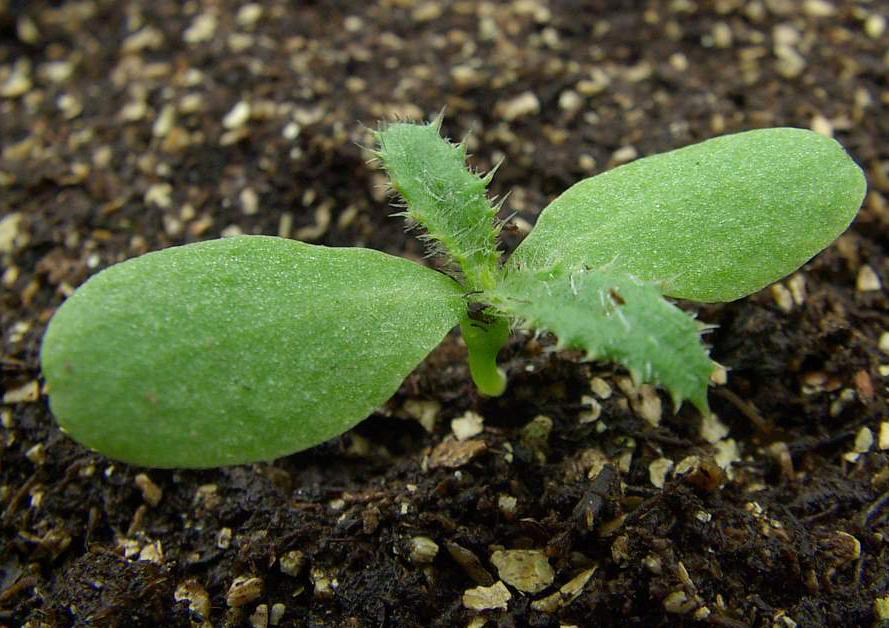
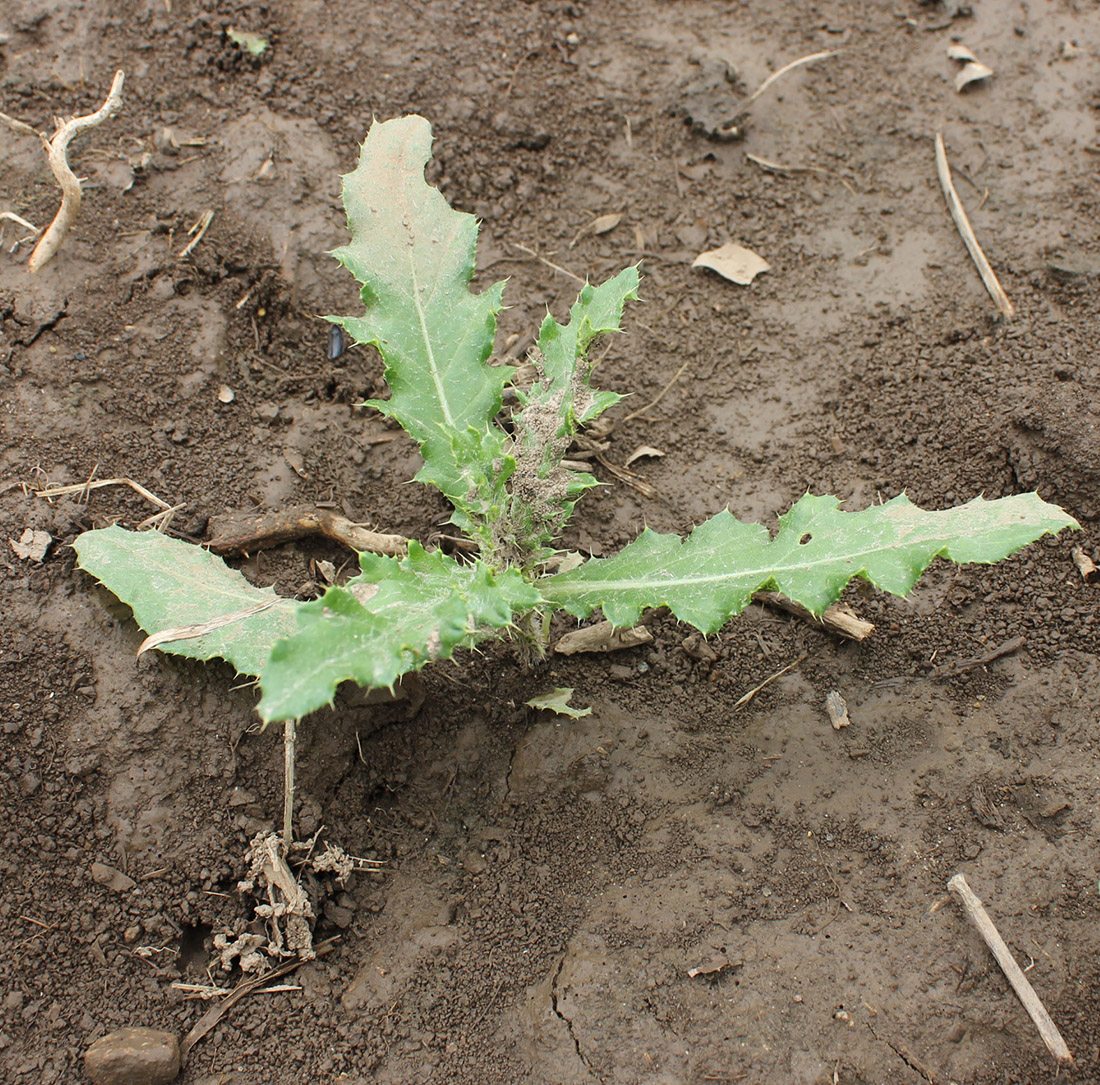
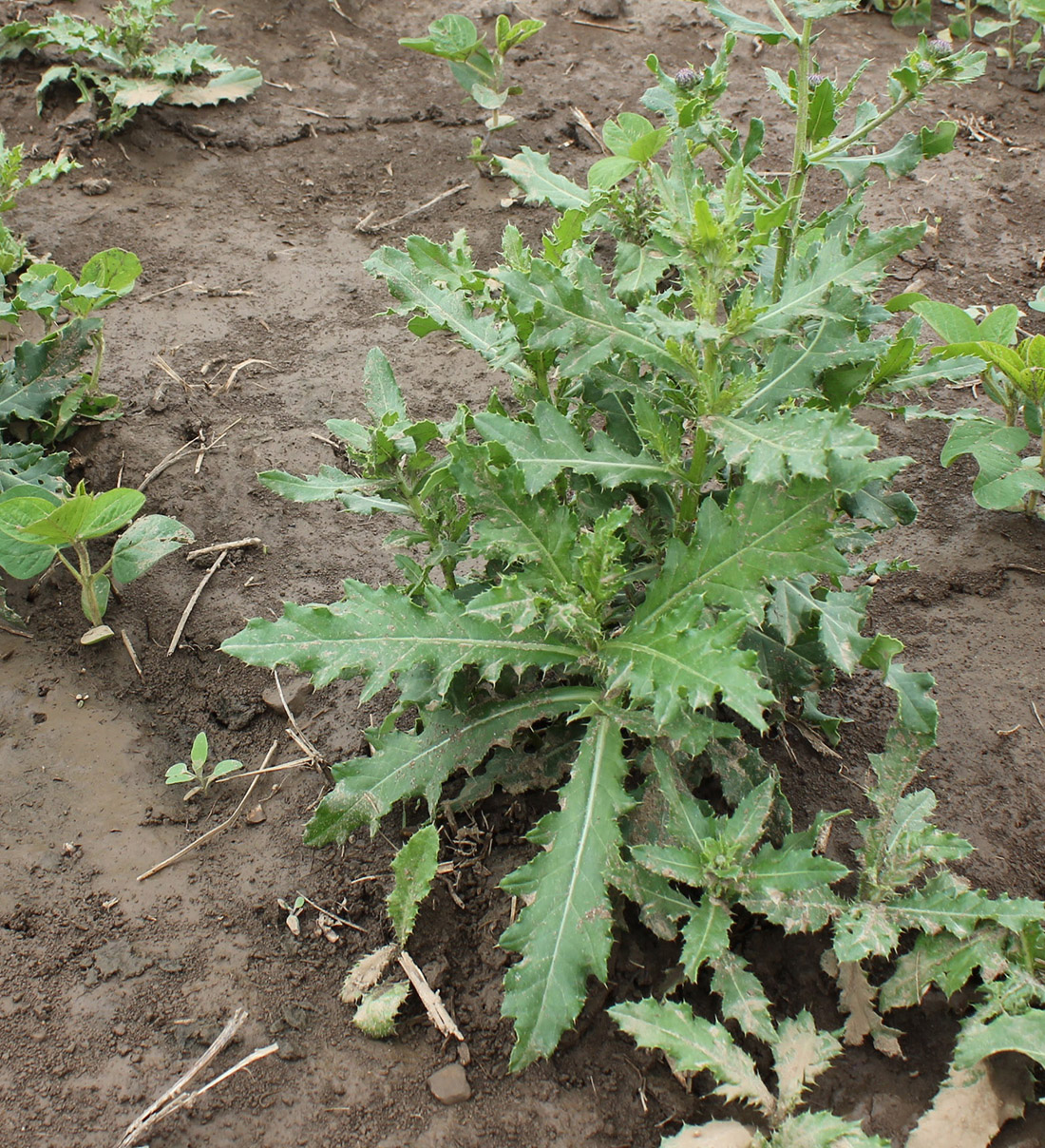
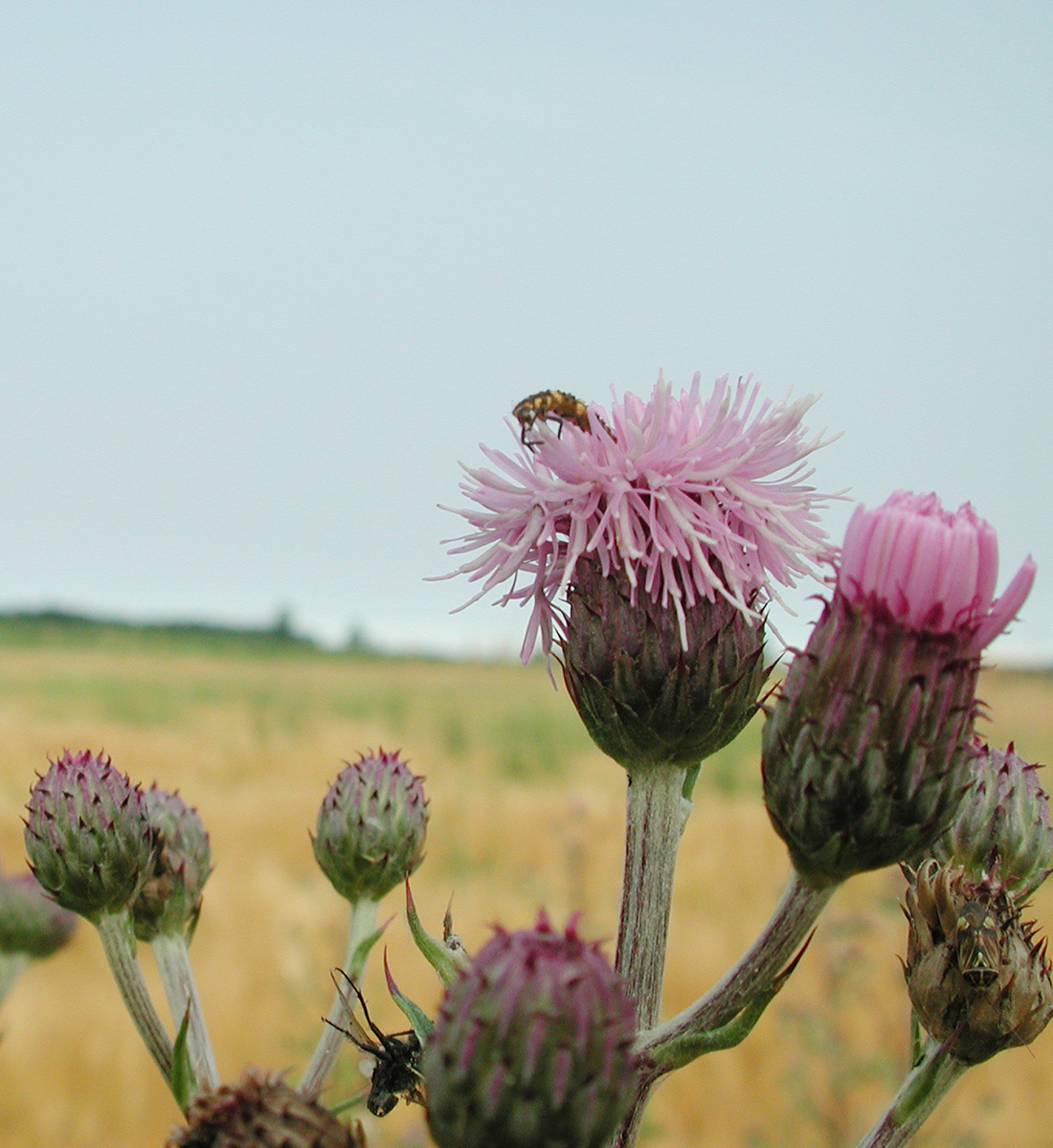
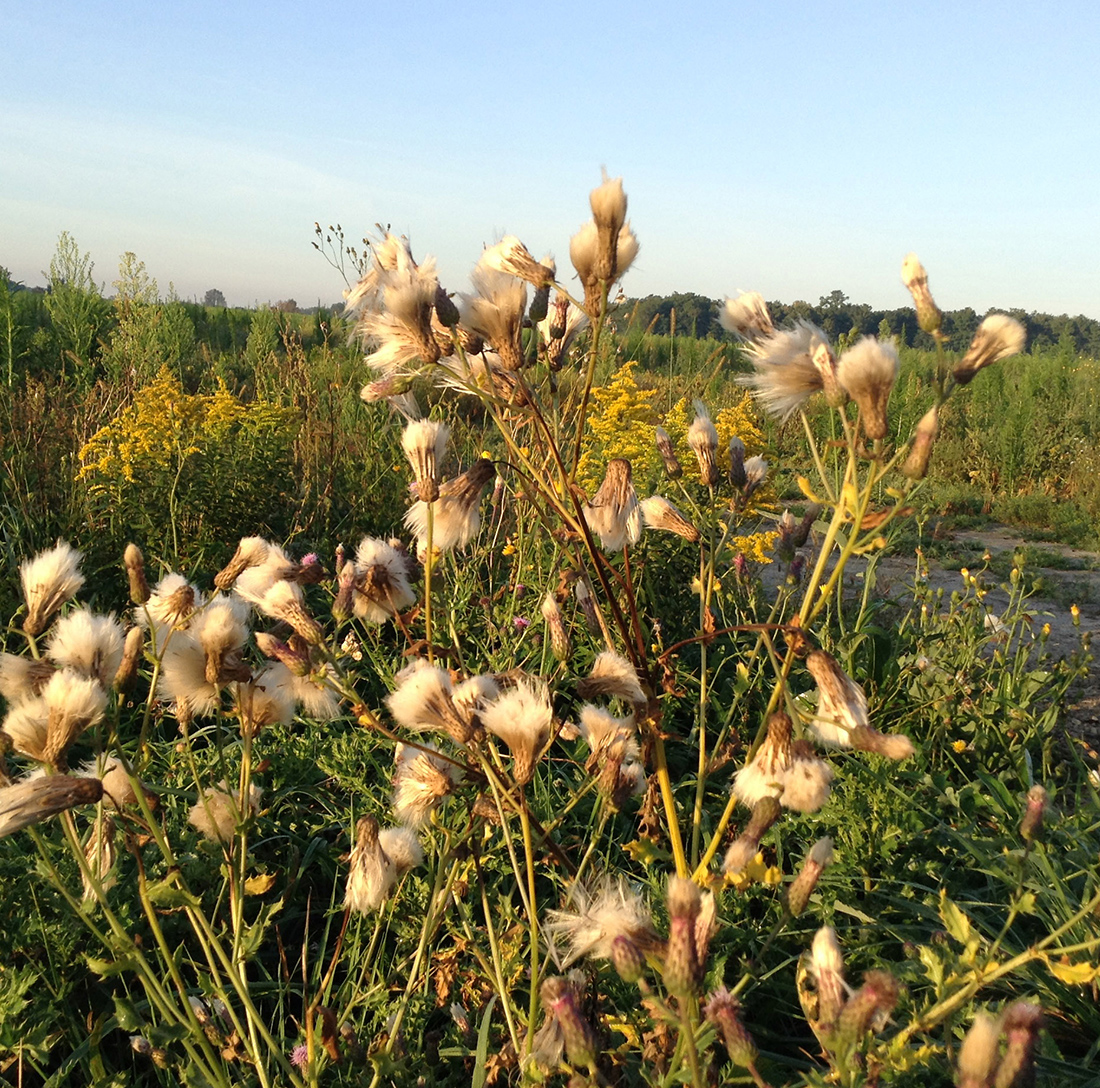
Updated: January 13, 2023
Published: January 13, 2023